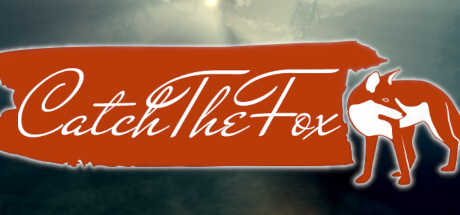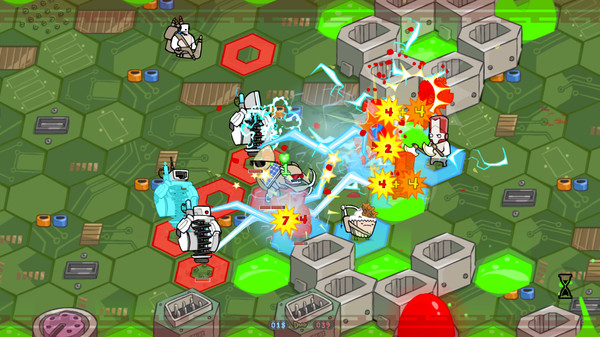Redfall is the newest game from Arkane Studios, best known for Prey and Dishonored. It’s their attempt at making a horde shooter/looter shooter, and I have thoughts about it.

They are “This is terrible,” and, “Why does this exist?” If you told me Redfall came out 10 years ago, I would have believed you.
The first bad sign is the gunplay. It is not great. The aiming is tight, but the feedback from shooting and recoil is awful. Every enemy feels like a bullet sponge. Only two weapons feel right: the shotgun and sniper rifle. And both of those require headshots. While sloppy guns might be okay in other types of games, this is a horde shooter… it relies on its gunplay.
In addition, there’s apparently no party scaling. So regardless of if you want to play in “single player” where you can’t pause, or with an actual team, it’s the same experience. In fact, you can never pause the game, so I hope nothing ever happens while you’re playing that might interrupt you, or you’ll die.
The graphics are okay, and have a cartoony aesthetic, but the movement animations are all the same. Each special type of vampire feels pretty much the same.
For example there’s one called Angler. Much like L4D’s Smoker, they have a grapple to reel you in with. But as far as I can tell, you they don’t have an obvious tell or signal. The ability is on a 20 second cooldown, and you need to just dodge it based on the timing, and circle strafe.
Redfall could be redeemed by its story, but even after just seeing the opening, I have low hopes. The opening is incredibly stupid. The game opens with two vampires alive in front of the player character. The player has no guns or anything, and can only watch as the vampires turn another unlucky human into a buffet. Suddenly, one of the vampires notices you’re alive, and turns to deal with you.
Then the most predictable thing to happen in the history the earth, happens. The thing that happens every day, and will happen every day for 7 million years after I die occurs: the sun the comes up.
Which makes the vampires run away. Not die or anything. Just… run away. Because I guess they didn’t have sunscreen on. On the boat that we’re on. Because the game starts on a boat.
Once you get off the boat, and go out to face your first enemy, things don’t get better. I chose to go full sneaky commando, because I selected the hardest difficultly I have available. I was prepped to deal with these bloodsuckin motherfuckin vampires, but the first enemy I ran into was actually a cultist.
Here’s the thing though: apparently the children of the children of the night are deaf, because they can’t tell if someone straight ass sprints at them at full speed from behind. For some reason the game doesn’t have an assassination animation or anything; you just thwack them in the back of the head and they fall down dead.
There are some signs that this was made by Arkane, of course. There are a bunch of interactable objects, common in the immersive sim genre, but unlike actual immersive sims (and any game from last 10 years) you can’t actually do interesting things with them. For example, there are more oil spills in the environments than the gulf of Mexico, but you can’t throw gas canisters at enemies, you can only shoot the canisters when enemies walk by.
Some other things that suck:
1. The quippy dialogue. It made me want to root for the vampires.
2. The enemy AI. Maybe it got copied from Fallout 76, and then made worse, somehow. A non-zero portion of the time enemies don’t do anything, and just stand still. The rest of the time enemies wander toward you like geriatric hobos.
3.The questing loop. There seem to be 2-3 options for each mission: i.e. go in guns blazing, sneak in, or sneak in with lockpicks or electric lockpicks via hacking. These are your only options.
4. An open world made out of absolutely nothing between the points of interest. Every other mile has one to two enemies. Apparently everyone thinks you’re a Mormon missionary, because no one will come within six miles of you.
Why make an open world game if it’s all empty? Just give us a mission select. It was good enough for Doom, it can be good enough for you.
Maybe the game would get better if I played another 7 hours. Here’s the thing: I played 7 hours. That’s enough time to watch the entire Lord Rings Trilogy. There are other games that are better, sooner. I’m not continuing to smack myself in the nuts for another full workday to see if it gets fun.
If you want a better horde shooter, go play Back 4 Blood. And I’ll see you on the servers, because I’m the only other person that likes it. But I can’t stomach another minute of Redfall.
If, for some reason, you want to play Redfall, you could buy it with money. Or you could get a game pass subscription, so that after you uninstall, you can go play something good instead.


















